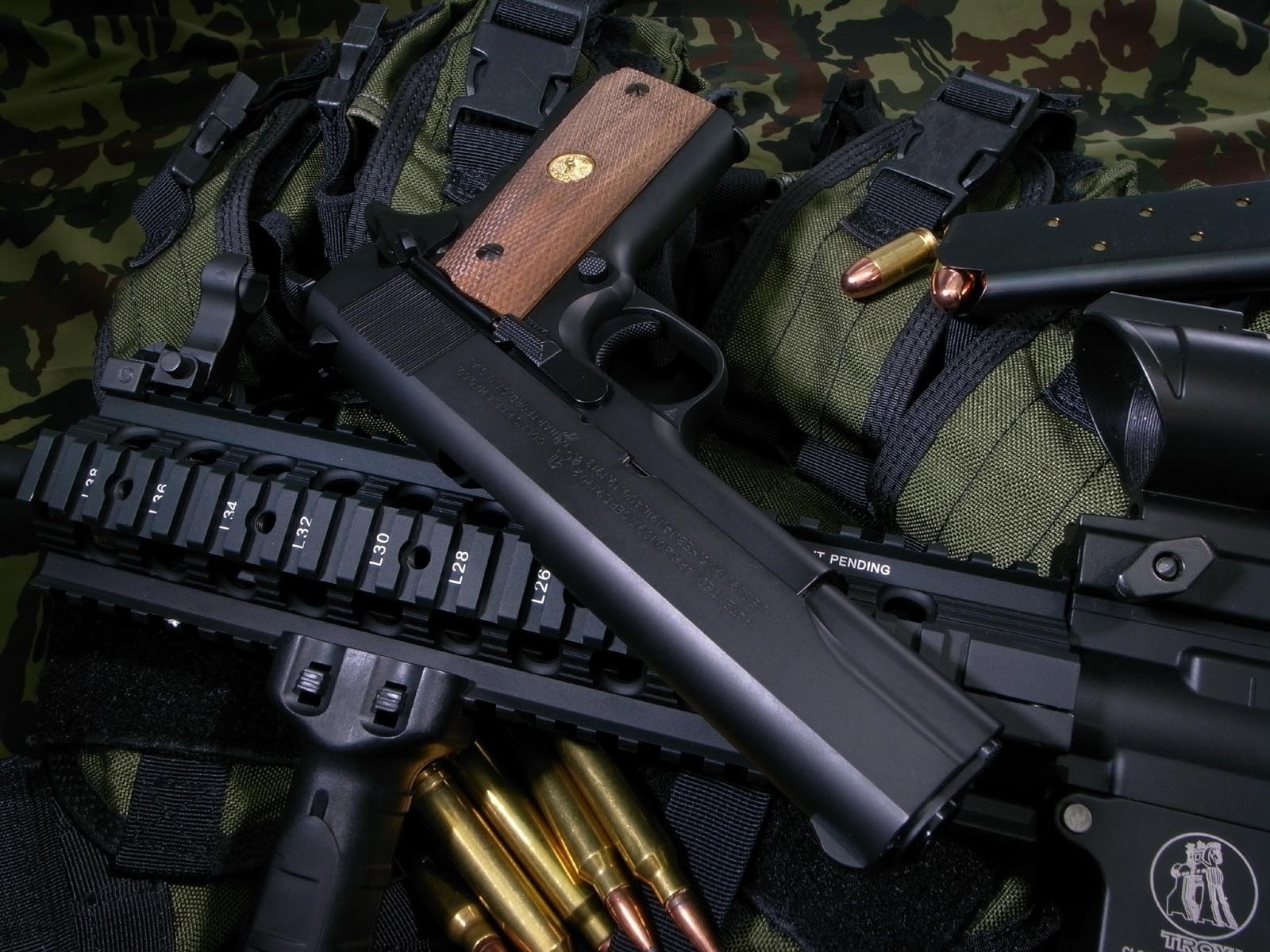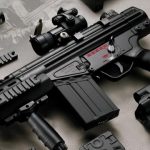In the captivating world of firearms, where power, precision, and controversy merge, we find a topic that has elicited passionate discussion for centuries. From the earliest days of the flintlock musket to the sophisticated modern-day weaponry, firearms have played a pivotal role in shaping the course of history. Whether warmly embraced as essential tools for personal protection or vehemently condemned for their potential for destruction, firearms are undeniably a subject that sparks deep contemplation and debate.
Firearms, also known as small arms, encompass a vast array of handheld weapons designed to discharge projectiles with explosive force. From handguns to rifles, shotguns to machine guns, each type of firearm serves a specific purpose with unique features and capabilities. Rooted in a rich heritage, firearms have evolved and adapted over time, reflecting advances in technology, changing societal needs, and prevailing trends in combat tactics.
Beyond their utilitarian role, firearms have also become integral to popular culture, captivating minds through various mediums such as literature, film, and video games. These representations can both educate and entertain, showcasing the complex mechanics and visceral nature of firearms. However, they also perpetuate stereotypes and misconceptions, blurring the lines between reality and fiction.
In this exploration of the world of firearms, we delve into their history, functionality, and impact. We navigate the intricate mechanisms that allow these instruments to unleash controlled chaos, explore the crucial role they have played in self-defense, military operations, and hunting, and unravel the social and ethical questions that surround their ownership and use. So, buckle up and prepare for a journey through the locked and loaded realm of firearms.
Evolution and Types of Firearms
Early Development
Firearms have a rich history dating back centuries. The earliest forms of firearms were rudimentary and primitive, with their origins traced back to 13th-century China. These early weapons, known as "fire lances," consisted of bamboo tubes filled with gunpowder and shrapnel. Over time, advancements were made, including the development of metal barrels and triggers, which allowed for more controlled ignition and increased accuracy.
Muskets and Rifles
As the use of firearms spread throughout the world, muskets became the dominant form of long-range weaponry in the 16th and 17th centuries. These smoothbore firearms were muzzle-loaded and fired lead balls using black powder as a propellant. However, muskets had limited range and accuracy.
The advent of rifling in the 19th century revolutionized firearm technology. Rifles featured grooves inside the barrel, which imparted spin to the bullet, greatly enhancing accuracy and effective range. With their increased precision, rifles became essential tools for soldiers and hunters alike.
Modern Firearms
The invention of the self-contained cartridge in the mid-19th century marked a significant milestone in firearm evolution. Cartridges contained both the bullet and the propellant, making reloading quicker and more convenient. This innovation eventually led to the development of repeating firearms such as bolt-action rifles, lever-action rifles, and semi-automatic pistols.
In recent times, firearms technology has continued to advance rapidly. Today, we have an extensive array of firearms, ranging from compact concealed carry pistols to powerful sniper rifles and automatic weapons. These firearms incorporate modern materials, improved ergonomics, and sophisticated mechanisms, making them more efficient, reliable, and customizable to meet the needs of various users.
Understanding the evolution and different types of firearms provides insights into how these weapons have shaped human history and continue to play a significant role in our modern world.
The Impact of Firearms in Society
Firearms have had a profound impact on societies around the world. They have played a significant role in shaping history, both as tools of defense and weapons of aggression. Their impact stretches across various aspects of society, from politics and warfare to culture and personal safety.
In terms of politics, firearms have been a catalyst for change and revolution. Throughout history, armed conflicts and uprisings have shaped the destiny of nations, toppling oppressive regimes and establishing new governments. The possession and control of firearms often translate into power, with those who wield them holding a significant advantage in negotiations and conflicts.
Firearms have also had a profound effect on warfare. The invention of firearms revolutionized the way battles were fought, leading to the decline of traditional melee combat and the rise of ranged warfare. The lethality and efficiency of firearms have made them indispensable tools in modern military operations, shaping the strategies and tactics employed by armies worldwide.
Beyond politics and warfare, firearms have left their mark on culture and personal safety. They have become symbols of power, masculinity, and courage in popular culture, frequently featured in movies, literature, and music. However, firearms are a controversial topic, with advocates emphasizing the importance of self-defense and protection of individual rights, while opponents express concerns about the potential for misuse and tragic consequences.
In conclusion, firearms have had a far-reaching impact on society. Their influence can be seen in politics, where they have played a role in shaping the destinies of nations. They have transformed warfare, changing the way battles are fought. Firearms have also become ingrained in our culture, representing power and protection. However, the debate surrounding firearms remains complex, highlighting the need for careful consideration and regulation to ensure their responsible use.
Firearms Safety and Regulation
Firearms Safety:
Ensuring the safety of individuals when it comes to firearms is of paramount importance. Whether you are a new gun owner or an experienced enthusiast, practicing proper firearms safety is crucial. This includes always treating every firearm as if it is loaded, aiming and pointing only in safe directions, keeping your finger off the trigger until you are ready to shoot, and being aware of your target and what is beyond it. Additionally, storing firearms securely in a lockable safe or cabinet, away from unauthorized access, is essential for preventing accidents and unauthorized use.
Firearms Regulation:
Firearms regulation plays a significant role in maintaining public safety and controlling the use and possession of firearms. Laws and regulations surrounding firearms vary from country to country and even within different regions. These regulations typically cover aspects such as the minimum age required to own a firearm, background checks and licensing procedures, restrictions on certain firearm types, and limitations on where firearms can be carried or used. The purpose of these regulations is to ensure that firearms are in the hands of responsible individuals who have met the necessary requirements and to deter the use of firearms for illegal activities.
Responsibility and Education:
In addition to safety measures and regulations, promoting responsible firearm ownership and offering comprehensive education are vital aspects of firearms governance. Educating individuals on the proper handling, storage, and usage of firearms helps prevent accidents and ensures that gun owners have the necessary knowledge to handle their firearms safely. By fostering a culture of responsible gun ownership and providing accessible educational resources, we can work towards a society where firearms are used responsibly, and the risk of misuse or accidents is minimized.


